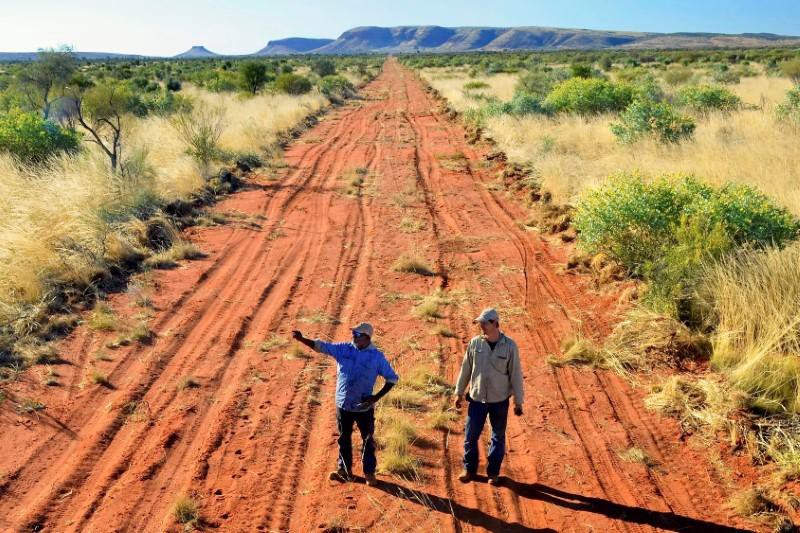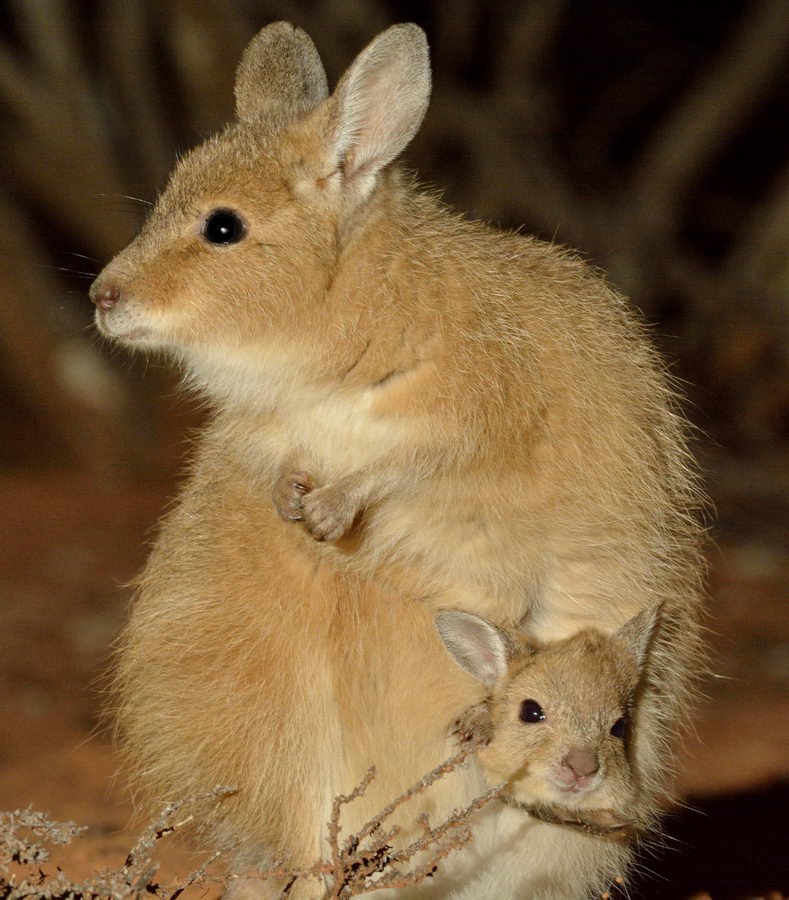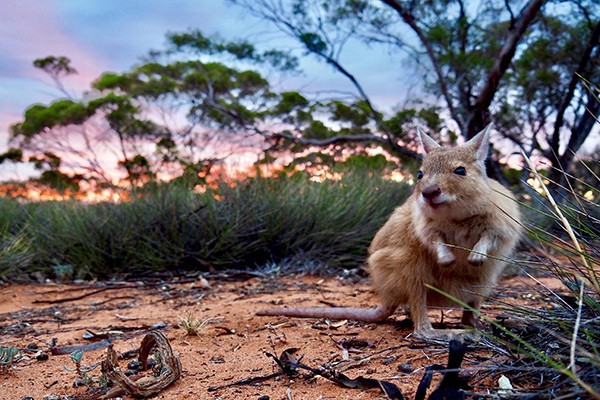Newhaven in the Great Sandy Desert Photo Courtesy of Australian Wildlife Conservancy
The Australian Wildlife Conservancy has embarked on a project that is set to deliver significant outcomes for global biodiversity.
The Newhaven Wildlife Sanctuary, located in Central Australia, is set to host a globally significant biodiversity project with the creation of a massive feral cat-free area covering an area of 650 square kilometres (65,000 hectares). The project will see the construction of a 1,600km fence with overhang and skirt to prevent predators from entering the sanctuary and then the eradication of the feral cat population prior to the reintroduction of the endangered species.

Wilpiri ranger Duncan Jangala (L) and AWC Newhaven Sanctuary Manager, Joe Schofield. Photograph by: Wayne Lawler. Courtesy: Australian Wildlife Conservancy
The first stage of the project, an area of up to 15,000 hectares, will create a refuge for large, wild populations of at least ten nationally threatened mammal species including the Mala or Rufous Hare Wallaby (currently extinct in the wild), the Central Rock Rat and the Golden Bandicoot.
Feral cats are a significant issue for Australian wildlife, not only killing native animals, but also being responsible for the spread of disease. Cats were first introduced to Australia during European settlement in the 1800’s to control mice, rat and rabbit populations. They quickly adapted to the abundant sources of food and spread throughout the majority of Australia. Feral cats are very hardy and able to survive with little or no water. It is estimated that there are approximately 6 million feral cats in Australia with each cat being estimated to kill 1,000 native animals per annum.

Mala and her joey. Photograph by: Wayne Lawler. Courtesy: Australian Wildlife Conservancy
Populations of the Mala were once plentiful in Central Australia, but the last populations on the Australian mainland disappeared from the Tanami Desert in 1991 decimated by foxes, feral cats, and wildfires. The Newhaven project is hoping to increase the global population of the Mala from 4,000 to 18,000 in the new protected area.
In addition to the reintroduction of regionally extinct mammals, the establishment of a 65,000-hectare feral predator-free area will deliver a substantial ecological dividend for biodiversity. The area also contains up to 75 species of reptiles, most of which are regularly consumed by feral cats, significant arid zone birdlife comprising of 170 different bird species and many other small mammals including the Brush-tailed Mulgara and a range of dunnarts and native rodents.
The first stage of the feral-proof fence construction at Newhaven Wildlife Sanctuary will be completed by early 2018. The removal of feral cats and foxes will happen throughout 2017 and 2018, with the aim to reintroduce the endangered mammals from early 2019.

The Mala . Photograph Courtesy: Australian Wildlife Conservancy
To learn more about this project visit: http://www.australianwildlife.org/sanctuaries/newhaven-sanctuary.aspx
